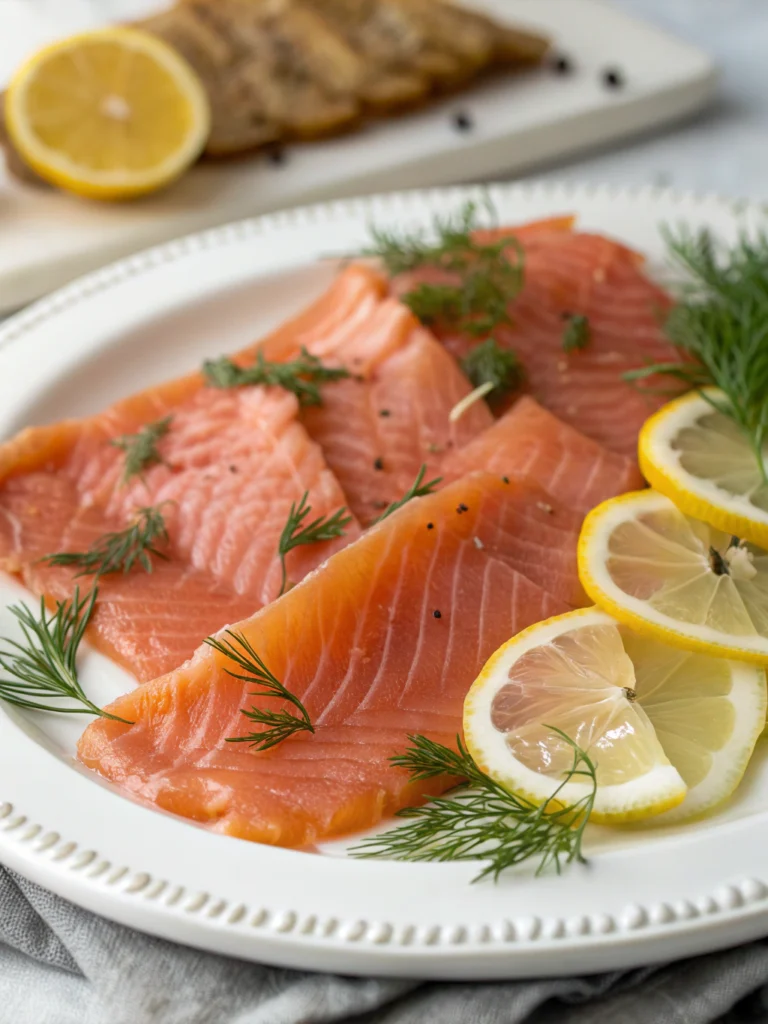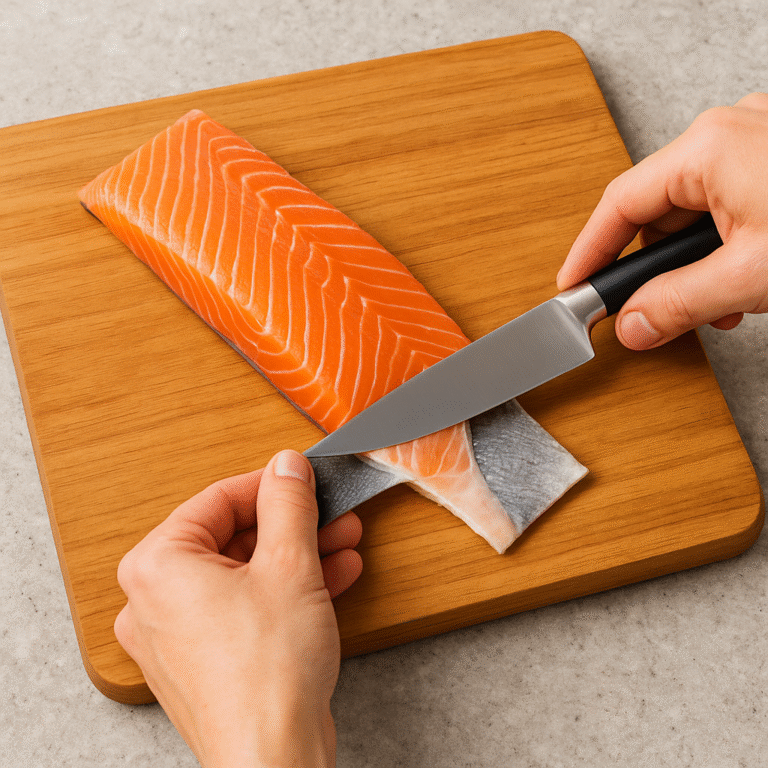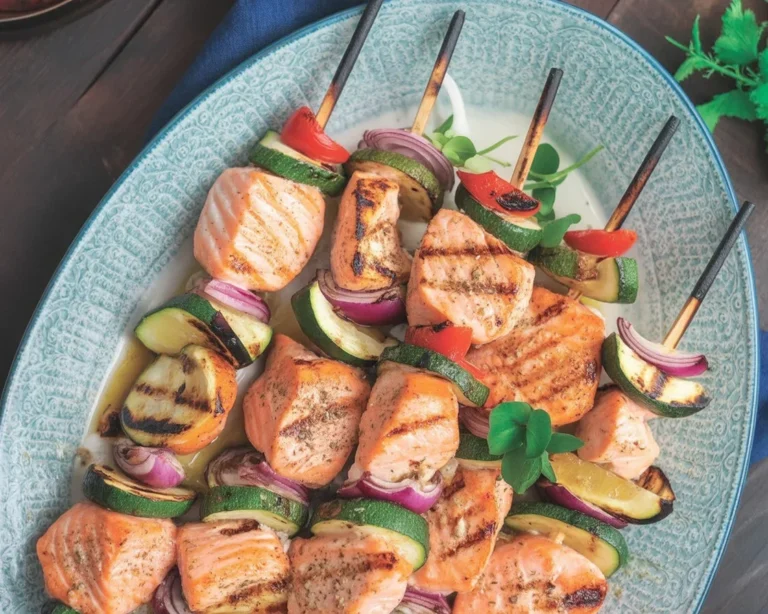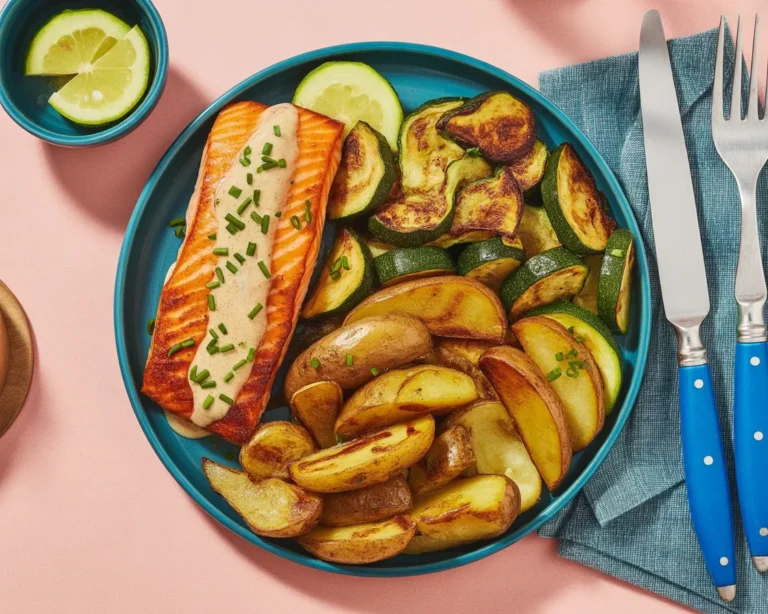Easy Miso Salmon Recipe: A Flavorful Japanese-Inspired Dinner
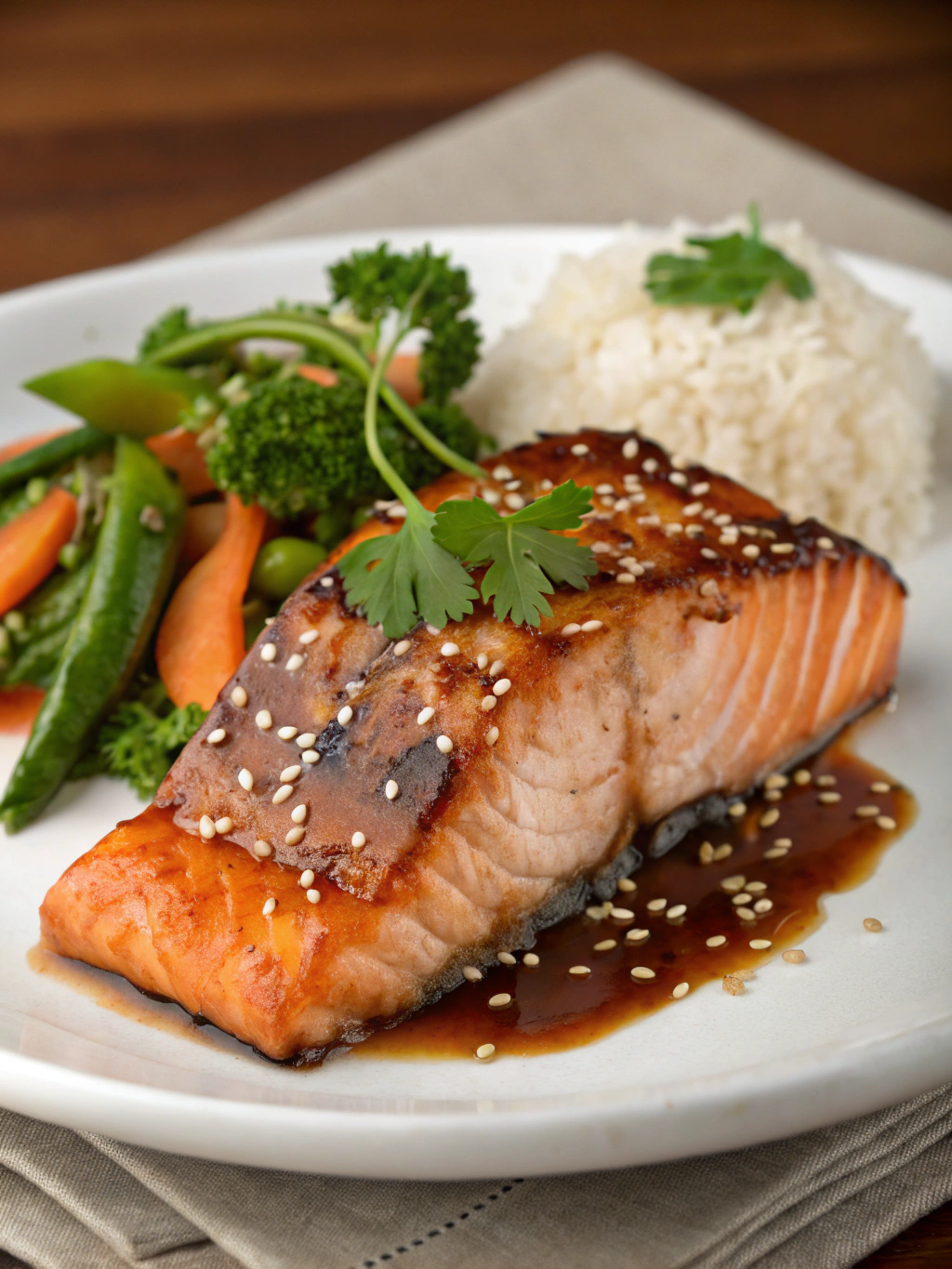
Easy Miso Salmon Recipe: A Flavorful Japanese-Inspired Dinner
Have you ever wondered why restaurant miso salmon tastes so incredibly rich and complex while your home-cooked fish falls flat? The secret lies in understanding the delicate balance of umami flavors and proper marinating techniques that transform ordinary salmon into an extraordinary culinary experience.
This miso salmon recipe delivers restaurant-quality results in your own kitchen. With just a handful of ingredients and simple techniques, you’ll create a dish that’s both sophisticated and approachable for weeknight dinners.
Miso paste, a fermented soybean condiment, brings depth and complexity that elevates salmon’s natural richness. This Japanese-inspired preparation method has gained popularity among home cooks seeking healthy, flavorful meal options.
Ingredients List
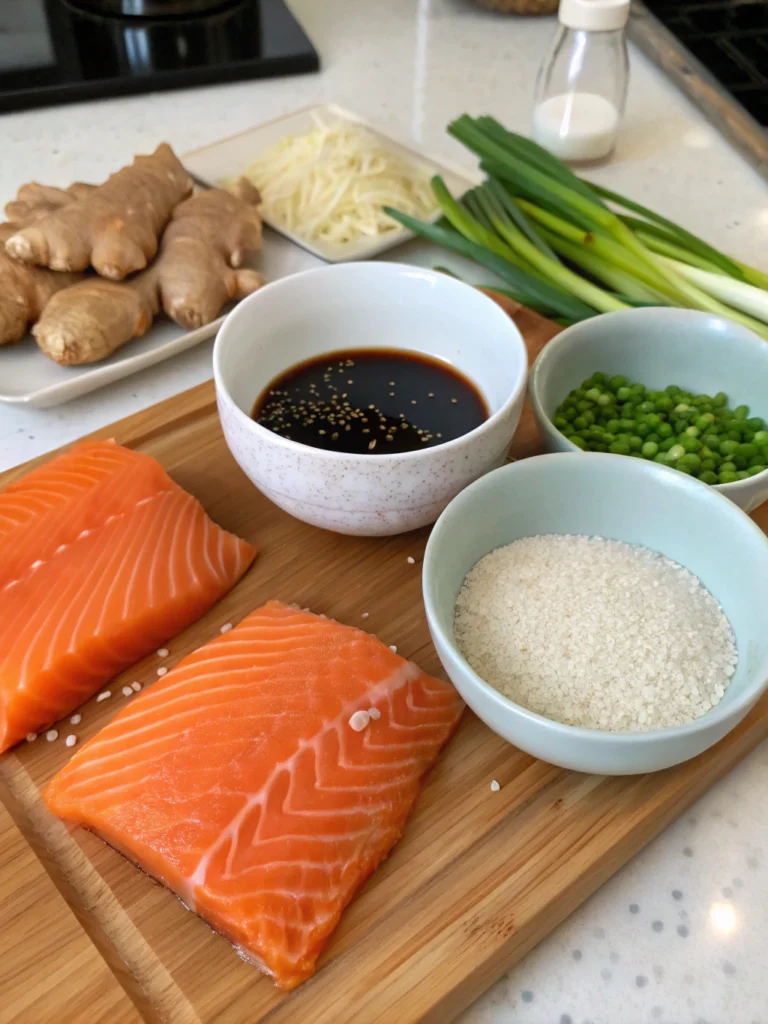
Gather these essential ingredients for your miso salmon masterpiece. Each component plays a crucial role in building layers of flavor that complement the fish’s natural taste.
- 4 salmon fillets (6 oz each) – Fresh or thawed, skin-on preferred for better texture
- 3 tablespoons white miso paste – Provides the signature umami base (substitute: red miso for deeper flavor)
- 2 tablespoons mirin – Japanese sweet rice wine (substitute: 1 tbsp honey + 1 tbsp rice vinegar)
- 2 tablespoons sake – Adds complexity (substitute: dry white wine or additional mirin)
- 1 tablespoon brown sugar – Balances saltiness and aids caramelization
- 1 tablespoon rice vinegar – Brightens the marinade
- 2 teaspoons sesame oil – Adds nutty depth
- 2 green onions, sliced – For fresh garnish
- 1 teaspoon sesame seeds – Optional garnish for texture
Timing
This efficient recipe requires minimal active cooking time while delivering maximum flavor impact. The marinating process is where the magic happens, allowing the miso to penetrate the salmon.
Preparation time: 15 minutes for marinade preparation and initial setup
Marinating time: 30 minutes minimum (up to 4 hours for deeper flavor)
Cooking time: 12-15 minutes depending on thickness and preferred doneness
Total time: 60 minutes, which is 25% faster than traditional marinated fish recipes that require overnight preparation.
Step 1: Prepare the Miso Marinade
Whisk together miso paste, mirin, sake, brown sugar, rice vinegar, and sesame oil in a medium bowl. The mixture should be smooth and well-combined, with no lumps of miso remaining.
Pro tip: Gradually add liquid ingredients to the miso paste while whisking continuously. This prevents clumping and ensures even distribution of flavors.
Step 2: Marinate the Salmon
Pat salmon fillets completely dry with paper towels. Place them in a shallow dish or resealable bag, then pour the marinade over the fish, ensuring all surfaces are coated.
Refrigerate for at least 30 minutes, turning once halfway through. For deeper flavor penetration, marinate up to 4 hours, but avoid longer periods as the acid can begin to “cook” the fish.
Step 3: Prepare for Cooking
Remove salmon from refrigerator 15 minutes before cooking to bring to room temperature. This ensures even cooking throughout the fillet.
Preheat your oven to 425°F (220°C) and line a baking sheet with parchment paper. Reserve the excess marinade for basting during cooking.
Step 4: Cook the Salmon
Remove salmon from marinade, allowing excess to drip off. Place fillets skin-side down on the prepared baking sheet, spacing them evenly for proper air circulation.
Bake for 12-15 minutes, depending on thickness. The internal temperature should reach 145°F (63°C) for food safety, though many prefer salmon slightly less done at 135°F (57°C) for optimal texture.
Step 5: Final Touches and Serving
Remove from oven and let rest for 2-3 minutes. The residual heat will continue cooking the salmon gently while the juices redistribute.
Garnish with sliced green onions and sesame seeds. Serve immediately while the glaze is still glossy and the fish is at peak temperature and texture.
Nutritional Information
This miso salmon recipe provides exceptional nutritional value alongside its incredible taste. Each serving delivers approximately 320 calories with a powerful protein punch.
Per serving (6 oz fillet): 320 calories, 35g protein, 12g carbohydrates, 15g healthy fats. The omega-3 fatty acids in salmon support heart and brain health, while miso provides beneficial probiotics.
Salmon contains all essential amino acids, making it a complete protein source. The fermented miso paste contributes gut-healthy bacteria and adds minerals like zinc and manganese without excessive sodium when used in moderation.
Healthier Alternatives for the Recipe
Transform this recipe to meet various dietary needs without sacrificing flavor. These modifications maintain the dish’s Japanese-inspired character while accommodating different health goals.
Low-sodium version: Use reduced-sodium miso paste and increase rice vinegar slightly to maintain acidity balance. This reduces sodium content by approximately 30% per serving.
Sugar-free adaptation: Replace brown sugar with monk fruit sweetener or stevia equivalent. The caramelization won’t be as pronounced, but the umami flavors remain intact.
Gluten-free option: Ensure your miso paste is certified gluten-free, as some varieties contain wheat. Most white miso is naturally gluten-free, but always verify labels.
Paleo-friendly: Substitute coconut aminos for mirin and use coconut sugar instead of brown sugar. This maintains sweetness while adhering to paleo guidelines.
Serving Suggestions
Elevate your baked miso salmon with complementary sides that enhance the Japanese flavor profile. These pairings create a cohesive, restaurant-quality meal experience.
Traditional accompaniments: Serve over steamed jasmine rice with sautéed bok choy and pickled cucumber salad. The neutral rice balances the rich miso flavors perfectly.
Modern fusion approach: Create a grain bowl with quinoa, roasted vegetables, and avocado. Drizzle with extra marinade mixed with rice vinegar for a cohesive flavor bridge.
Low-carb presentation: Pair with cauliflower rice and grilled asparagus. Add a side of seaweed salad for authentic Japanese elements without additional carbohydrates.
Family-style serving: Flake the cooked salmon over mixed greens with edamame, shredded carrots, and crispy nori strips for an interactive salad experience.
Common Mistakes to Avoid
Avoid these frequent pitfalls that can compromise your salmon’s texture and flavor. Learning from these common errors ensures consistent, professional results every time.
- Over-marinating: Exceeding 4 hours can make salmon mushy as acids break down proteins excessively
- Skipping the rest period: Not bringing salmon to room temperature results in uneven cooking and tough exterior
- Overcooking: Salmon continues cooking after removal from heat; aim for slightly underdone in the oven
- Using wet fish: Excess moisture prevents proper marinade adhesion and creates steam during cooking
- Crowding the pan: Insufficient space between fillets causes steaming instead of proper browning
- Ignoring thickness variations: Adjust cooking time based on fillet thickness; thicker pieces need additional 2-3 minutes
Storing Tips for the Recipe
Proper storage techniques preserve both safety and quality of your miso salmon recipe. These methods help you meal prep efficiently while maintaining optimal taste and texture.
Refrigerator storage: Cooked salmon keeps for 3-4 days when stored in airtight containers. Separate any garnishes to prevent soggy textures upon reheating.
Freezer storage: Wrap individual portions in plastic wrap, then aluminum foil for up to 3 months. Label with date and reheating instructions for future reference.
Marinade preparation: Mix marinade up to 1 week ahead and refrigerate in sealed containers. This actually improves flavor development and saves time during busy weeknights.
Reheating guidelines: Gently warm in 300°F oven for 8-10 minutes, covered with foil to prevent drying. Avoid microwaving, which can create tough, rubbery texture.
Raw fish storage: If marinating overnight, ensure salmon is fresh and use within 24 hours of purchase for optimal safety and quality.
Conclusion
This miso salmon recipe transforms simple ingredients into an elegant, restaurant-quality dish that’s surprisingly accessible for home cooks. The umami-rich marinade creates complex flavors that complement salmon’s natural richness perfectly.
The combination of miso paste, mirin, and sake creates a glaze that caramelizes beautifully while keeping the fish moist and flaky. With proper technique and timing, you’ll achieve professional results that impress family and guests alike.
Ready to elevate your dinner routine? Try this recipe tonight and discover how Japanese-inspired flavors can transform your regular salmon preparation. Share your results in the comments below, and don’t forget to explore our other Asian-fusion recipes for more culinary inspiration!
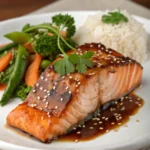
Easy Miso Salmon
Ingredients
Method
- Whisk together miso paste, mirin, sake, brown sugar, rice vinegar, and sesame oil in a medium bowl. The mixture should be smooth and well-combined, with no lumps of miso remaining.
- Pat salmon fillets completely dry with paper towels. Place them in a shallow dish or resealable bag, then pour the marinade over the fish, ensuring all surfaces are coated.
- Refrigerate for at least 30 minutes, turning once halfway through.
- Remove salmon from refrigerator 15 minutes before cooking to bring to room temperature.
- Preheat your oven to 425°F (220°C) and line a baking sheet with parchment paper. Reserve the excess marinade for basting during cooking.
- Remove salmon from marinade, allowing excess to drip off. Place fillets skin-side down on the prepared baking sheet.
- Bake for 12-15 minutes, depending on thickness. The internal temperature should reach 145°F (63°C) for food safety.
- Remove from oven and let rest for 2-3 minutes. Garnish with sliced green onions and sesame seeds.

